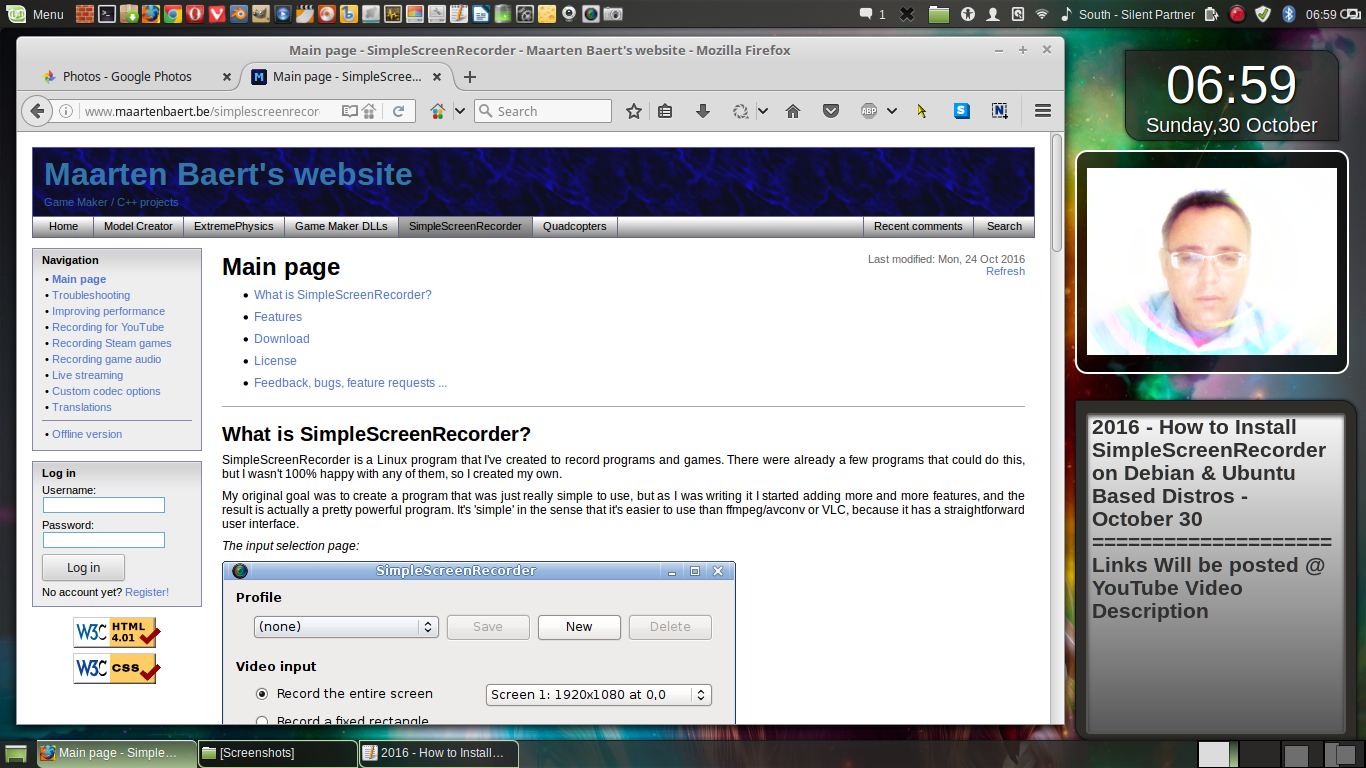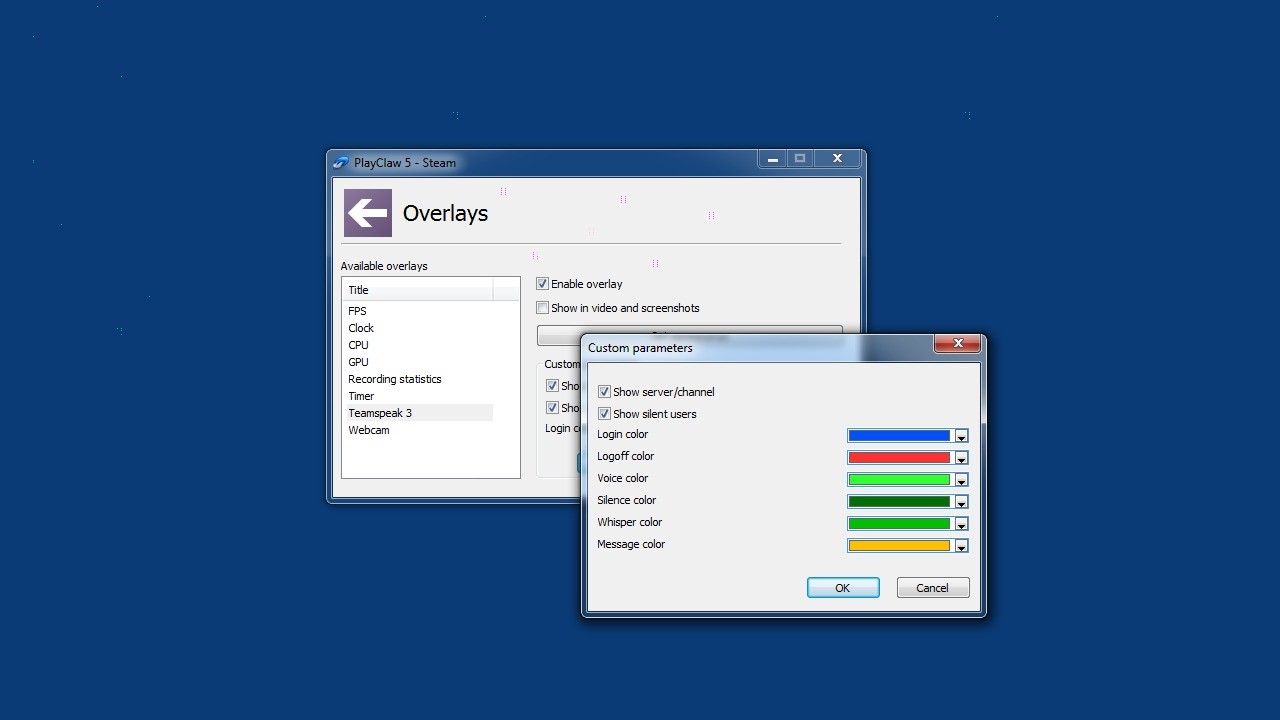
You can either click on the Start recording button or use a selection hot key. Different profiles can be used (faster profiles mean bigger file sizes), including YouTube, LiveStream (1000kbps), LiveStream (2000kbps), LiveStream (3000 kbps), and high-quality intermediate.Īfter you've configured your system, recording is easy.

Video frame rate defaults to 30fps.īecause SimpleScreenRecorder uses libav/ffmpeg libraries for encoding, it supports a variety of file formats and video codecs. You can record the cursor or not, adjust the frame rate, scale the video, and adjust the audio backend, which includes three options: ALSA, JACK, and PulseAudio. The latter is my personal favorite because it focuses the learner's attention on exactly where I want them to look. SimpleScreenRecorder is released under the Gnu Public License and runs on Linux.Īfter installing and launching the program, you can easily configure it to capture the whole desktop, a specific window, or a select area. It has an untuitive interface and the ability to record in MP4, OGG, Matroska, or WebM format. SimpleScreenRecorder lets you easily record desktop action. In this article, I'll look at two free, open source desktop screen recorders: SimpleScreenRecorder and Kazam. Desktop screen recorders are great tools for creating instructional videos. I've found that students benefit from seeing exactly how an application is configured or how a code snippet is written.


#Simplescreenrecorder windows how to
I'm a visual learner, so seeing how to do something has been very helpful in my education. A picture might be worth a thousand words, but a video demonstration can save a lot of talking.


 0 kommentar(er)
0 kommentar(er)
